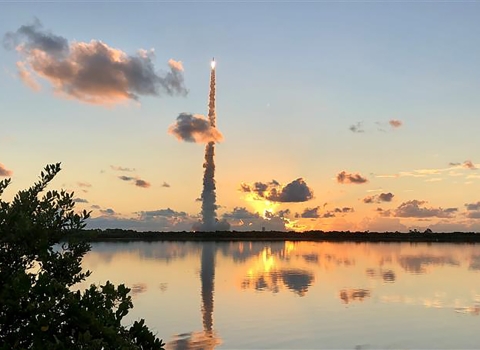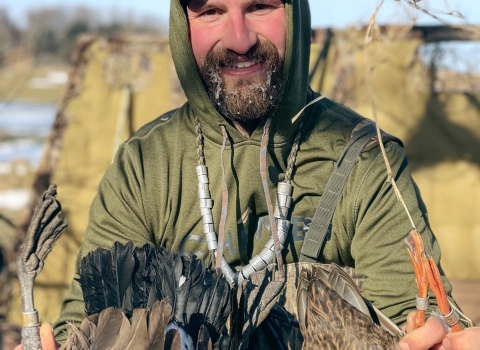Supporting Resilient Coastlines
Living shorelines play a vital role in conserving and enhancing coastal wildlife by offering a range of habitats, supporting biodiversity, and improving water quality. Living shorelines are critically important in coastal communities, as they provide a sustainable and environmentally friendly solution to the challenges posed by coastal erosion and changing climate conditions. Unlike traditional hard structures like seawalls, living shorelines use natural materials like plants, oysters, and marsh grasses to stabilize the shoreline and protect against erosion. They not only safeguard the coastline but also promote biodiversity, improve water quality, and enhance the resilience of coastal ecosystems. Living shorelines can be cost-effective and aesthetically pleasing, which is beneficial for both the environment and the communities that depend on healthy coastlines for their well-being and livelihoods.
Roaring Sea Project in Blackwater Bay
The Panama City Fish and Wildlife Conservation Office partnered with a local landowner and Florida Department of Environmental Protection to restore over 100 linear feet of shoreline habitat at the Roaring Sea site in Blackwater Bay near Milton, Florida. Project Leader Chris Metcalf, Fish Biologist Andy Hartzog, and Biological Science Technician Jake Roush collaborated with Zach Schang (Florida Department of Environmental Protection, Office of Resilience and Coastal Protection) to partially fund and assist with deployment of the living shoreline project. The Roaring Sea project consisted of building four offshore oyster reef breaks constructed from a limestone base and recycled oyster shell material placed in a crescent shape. This site has endured over fifty feet of shoreline erosion in the previous five years from hurricanes and severe storm events. Several projects have been implemented in the Blackwater Bay area over the past few years to support stabilization of the coastline, including upland and adjacent wetland restoration.
Importance of Transitional Habitat Zones
Coastal ecosystems are a transitional zone between the land and water and provide habitat for a variety of species, including fish, crustaceans, birds, and mammals. Marsh grasses, submerged vegetation, and oyster reefs offer shelter, breeding grounds, and foraging opportunities for a wide range of terrestrial and aquatic species. Many fish and invertebrates use living shorelines as nursery areas for their young. The protective and productive nature of these habitats makes them ideal for the early life stages, contributing to healthy fish populations. Living shorelines help protect adjacent wetlands and coastal habitats by stabilizing the shoreline and preventing erosion from harsh weather events, ensuring habitat longevity and the survival of native wildlife. Coastal habitat restoration projects in Florida's Gulf Coast region are critical for the protection and recovery of native species and maintenance of natural ecosystems in an ever-changing environment.







